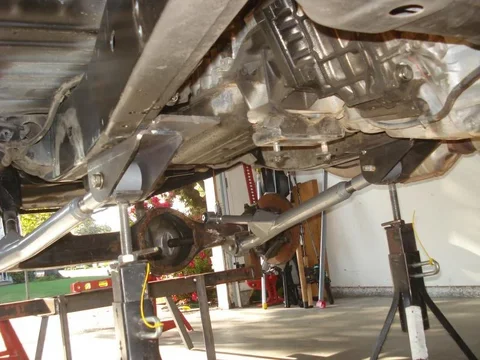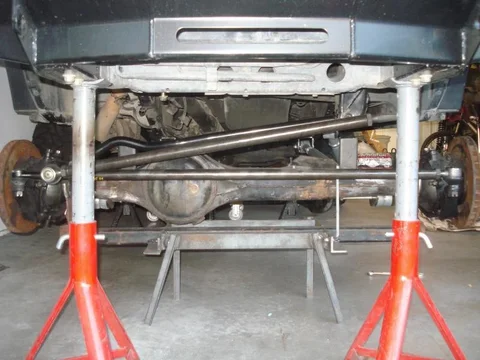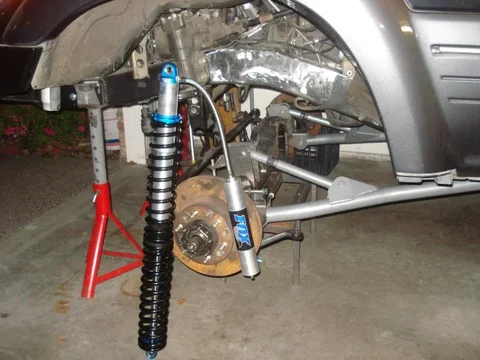This is true, as long as you haven't introduced other unfavorable dynamics. The Jeep SUV long arm conversions were known for solving the steep short arm/binding problem but introducing an unloading (and clearance) problem - a mid arm 3 link was a better solution, but isn't bolt on, so isn't sold. The risk is always trading one problem for another when you really go custom and overly biasing your dual purpose rig to a particular use (if in fact it is really still dual purpose).
You definitely have a sweet build and it is quite unconventional. Once you are out of the box in usage, might as well roll with it

the 3 link front on my truck isn't terribly unstable but my current 80 is most certainly no longer the comfortable daily driver the pre-build 80 was. And i miss that. when she had 37's my 80 was the do it all the truck. the summer before my build i drove my entire fam for the last time on a road trip. we drove from california to arizona with 37's and then did one the hardest trails out there. That said I didn't have a tow vehicle then. now I simply leave the tires at 8psi all the time and trailer the rig everywhere. i can load and unload the rig faster than most can deflate their tires.
An 80 with a modified mid-joint radius arm would not be as nice as the 3 link but would be much more flexable and almost as stable as the current oe radius arm. whyhasn't someone gone this route? it wouldn't compromise the tierod.
Here is how you build a better radius arm for the 80 for less than 100 bucks and in a single day (a short day):
must start with a truck with 3" of limited uptravel (bump stops) to make room for the upper links
1. keep the frameside linkage bracket just as they are and keep the oe radius arm just like it is except chop off the front most rubber bushing from the oe radius arm
2. cut the front half of the oe axle side radius bracket off and discard. not needed anymore
3. fab and weld an upper link bracket for both the left and right side of the axle-a piece of 2" x 1/4 wall" square tube will work great. the pass side will need to be welded on top of the pumpkin like any other 3 link but doesn't need to be as high as a conventional 3 link because there will be a link on bothe sides. 6" seperation would be plenty.
4. use the bushing that was chopped off the front of the oe radius arm for the upper axle side of the new radius arm. now weld a piece of 1.5" pipe from that salvaged bushing to a 1" shank heim joint which will be located in a bracket welded midway on top the oe radius arm
done. now wasn't that easy?
only parts you need to buy:
3 feet of 2" x 1/4" square tube for use of all the link bracket (axle side and mid radius arm side)
2 7/8" shank heim joints (1.250" shank heims even better)
hardware for the new arms (you need only the 2 bolts for the heim joints all the rest of hardware is reused)
JP come over to my house with your truck. bring 2 heims. i have everything else







